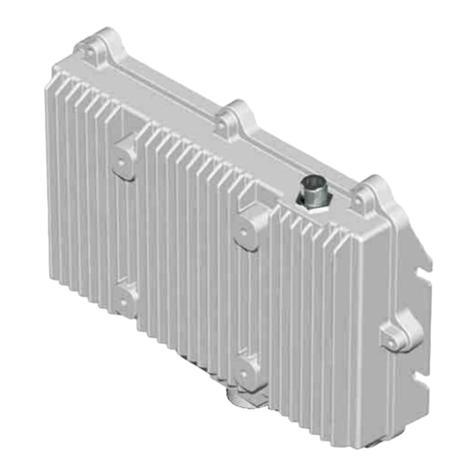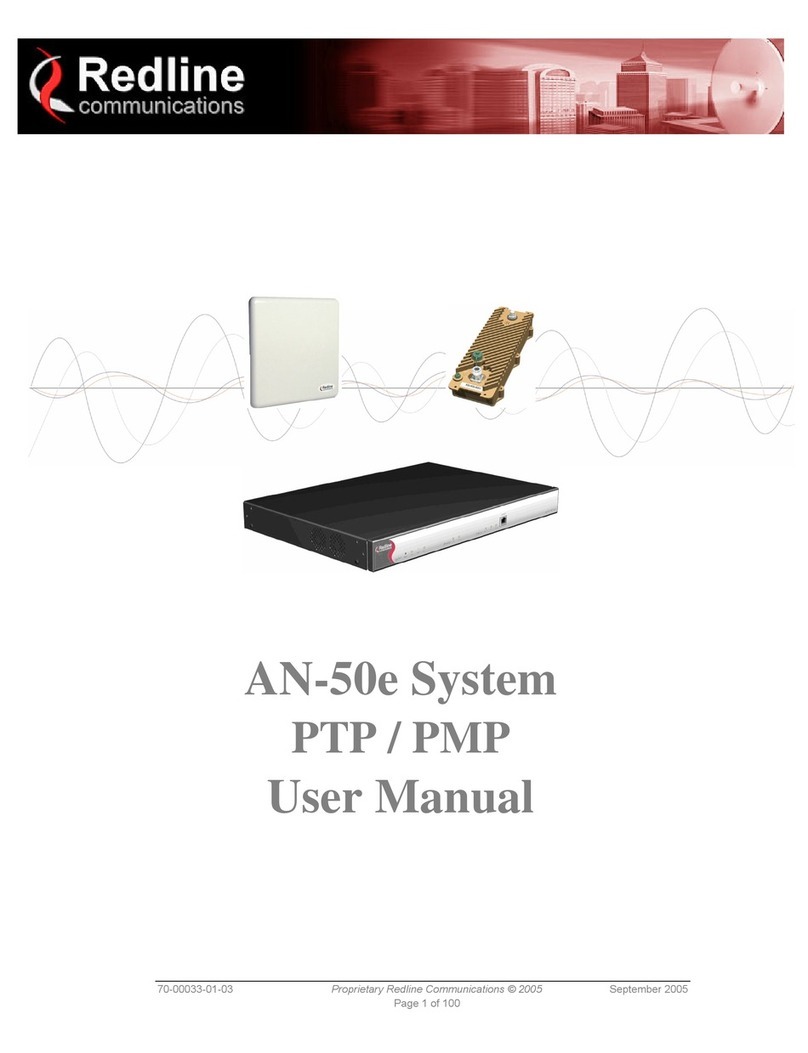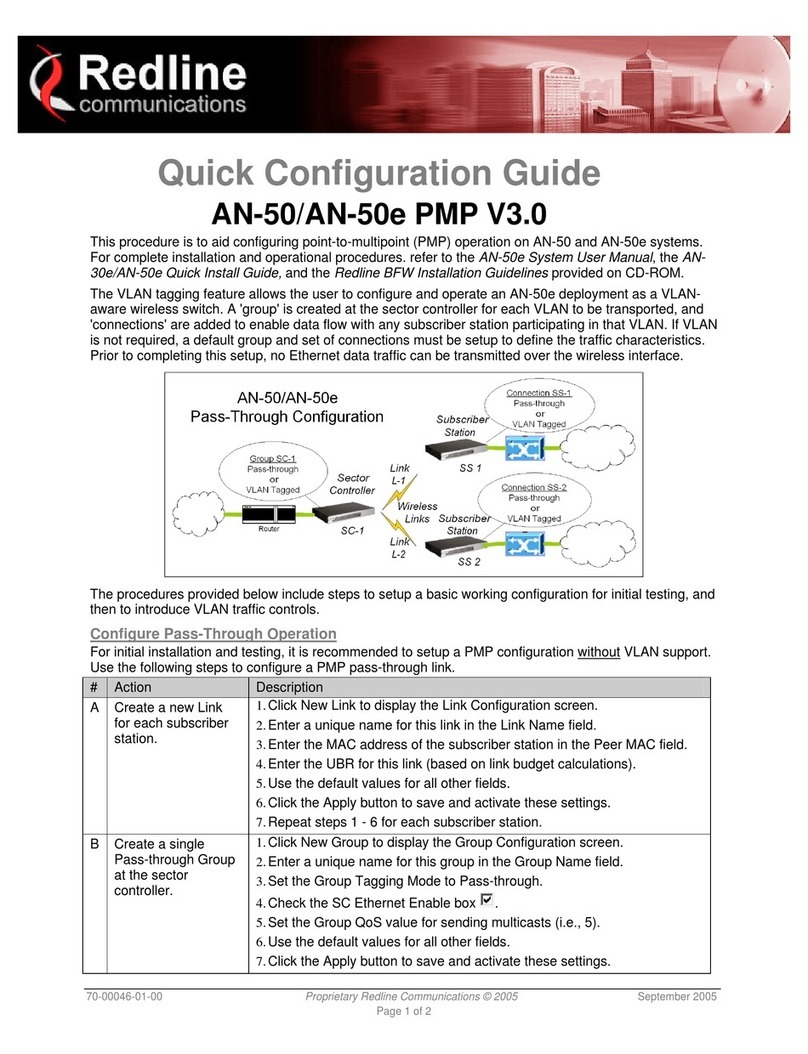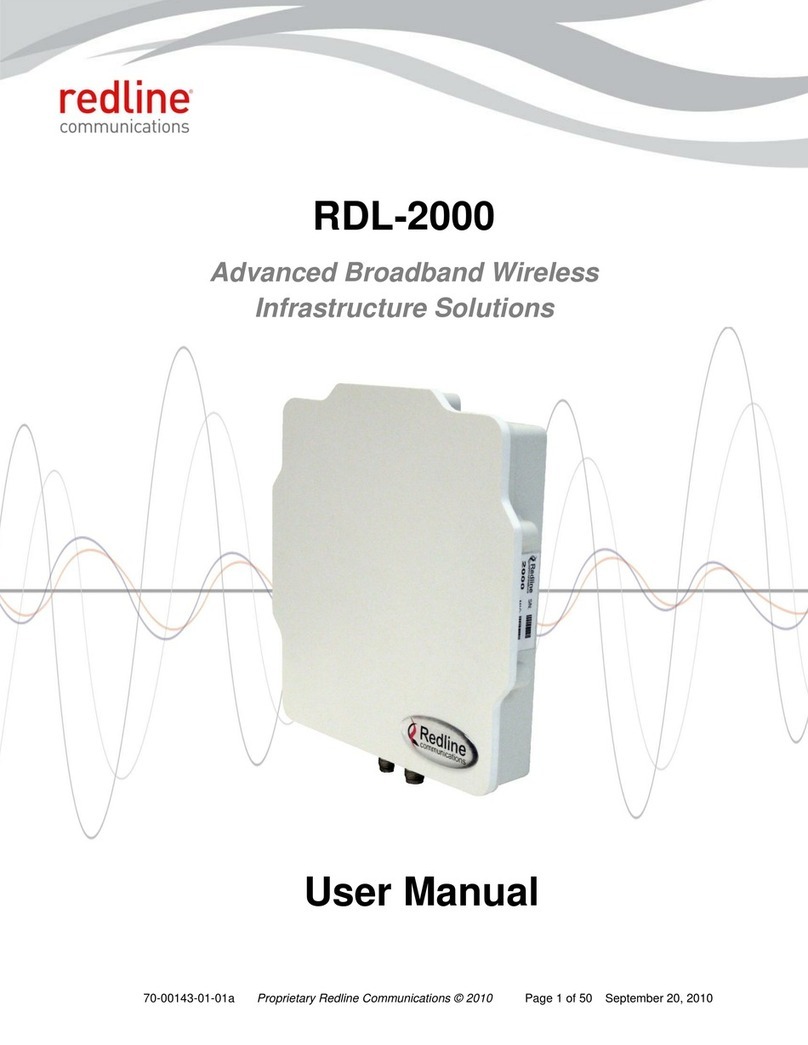
BFW Installation Guide
AN-30e & AN-50e Systems
CONTENTS
1Important Safety & Service Notices.......................................................5
1.1 Safety Warnings........................................................................................5
1.2 Important Warning Symbols......................................................................6
1.3 Important Service Information ...................................................................6
1.4 UL Notice...................................................................................................6
1.5 FCC Notice................................................................................................6
1.6 R&TTE Directive 1999/5/EC Statements...................................................6
1.7 Lightning Protection...................................................................................7
2Pre-Installation Requirements................................................................9
2.1 Site Survey................................................................................................9
2.1.1 Site Path Survey....................................................................................9
2.1.2 Identify Best Path ................................................................................11
2.1.3 Antenna Mounting and IF Cable Routing ............................................11
2.2 Antenna Alignment ..................................................................................12
2.3 Unpacking the AN-30e/AN-50e System..................................................12
2.4 Adaptive Modulation................................................................................12
3ODU Installation.....................................................................................13
3.1 Assembly and Mounting of ODU.............................................................13
3.2 Weatherproofing......................................................................................15
3.2.1 Weatherproofing Materials ..................................................................15
3.2.2 Applying the Weatherproofing .............................................................16
3.3 IF Cabling................................................................................................19
3.3.1 IF Cable Routing..................................................................................19
3.3.2 IF Cable Selection...............................................................................19
3.3.3 Connector Specifications.....................................................................20
3.4 Lightning Protection Recommendations..................................................21
3.4.1 System Grounding Procedures ...........................................................22
3.5 Recommended Lightning Arrestors.........................................................24
4IDU Installation ......................................................................................25
4.1 Checklist..................................................................................................25
4.2 Install the Indoor Terminal.......................................................................25
4.2.1 Mounting..............................................................................................25
4.2.2 Grounding............................................................................................25
4.2.3 IF Cable...............................................................................................26
4.2.4 Power ..................................................................................................26
4.2.5 Power-On the Terminal .......................................................................26
4.3 Configure Essential System Parameters.................................................27
4.3.1 Setup PC Address...............................................................................27
4.3.2 Master System Settings.......................................................................27
4.3.3 Slave system Settings .........................................................................29
5Antenna Alignment................................................................................31
5.1 Basic Antenna Alignment ........................................................................31
5.2 Adjusting for RSSI ...................................................................................32
6Testing for Interference ........................................................................33
70-00042-01-02 Proprietary Redline Communications © 2005 August 2005
Page 3 of 34































